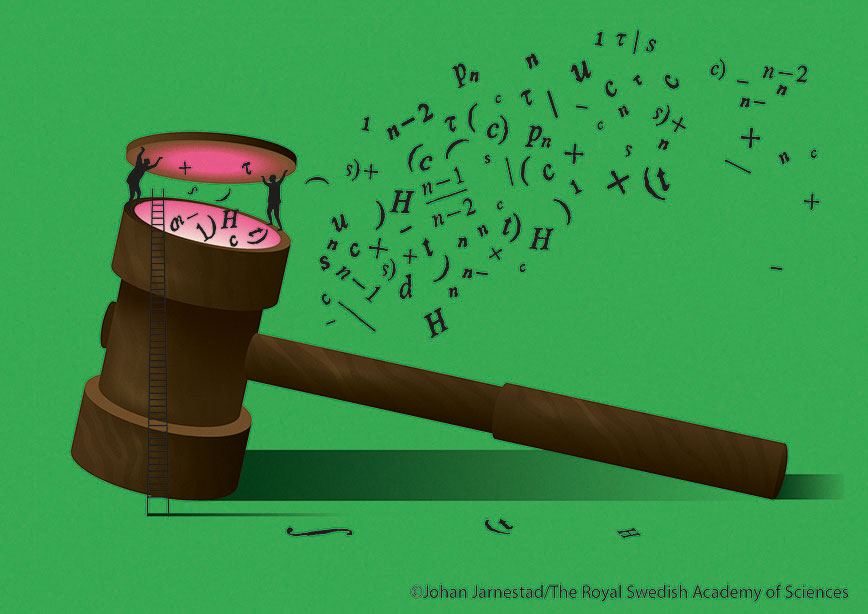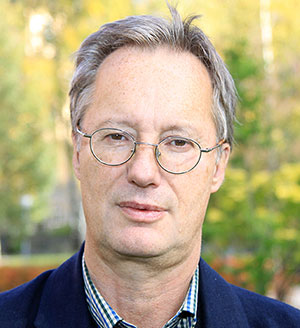Auctions increasingly important for economies

The research cited in the 2020 Nobel Prize in Economics will continue to be used more in the future, according to researchers at KTH.
“There are really no limits,” says Professor Pontus Braunerhjelm. “It also means opportunities for socio-economic savings.”
Stanford University researchers Paul Milgrom and Robert Wilson, both active in the United States, will receive the award for their studies on how auctions work. They have also put their theories into practice and designed new auction formats for goods and services that are difficult to sell in traditional ways.

Selling to the highest bidder or buying from the lowest bidder are practices dating back for millenia. In recent years, however, trade has increased in scope. It can be online shopping, buying a home through a broker, or winning a municipal procurement.
In most auctions there are elements of games, strategy and secrecy. This is what the auction theory is about, which is a way of trying to understand the consequences of different rules for bidding and final price.
“Often you have had a too-simple picture of what an auction means. Milgrom and Wilson have highlighted a number of dimensions that neither those who set up an auction, nor those who bargain, have control over,” he says.
“It could be that the value of a right in one market depends on whether the buyer can get the same rights in other, nearby markets, which happens with telecom providers. Or to understand that personal values and affection values can affect values in a movable property auction.
Milgrom and Wilson developed several new auction formats. The most famous example was when US authorities in 1994 sold radio frequencies to telecom operators.
“Their work has been of enormous importance in many areas of society, from simple online auctions to very complex and socially important business areas,” Braunerhjelm says.
All indications are that the auction trade will grow in scope and importance, he says. A current example this autumn is when the Swedish Post and Telecom Agency auction off the frequency bands for the 5G network. Then one of Milgrom's auction formats is being used.
Braunerhjelm also believes that large societal costs can be reduced with the help of the prize recipients’ research. One example is in public procurement in Sweden, which covers hundreds of billions of kronor each year. He refers to studies which indicate that costs could be cut by between 10 and 20 percent.
“There is a need for a better understanding of how the process works and how to use it in the best way,” he says.
Christer Gummeson

